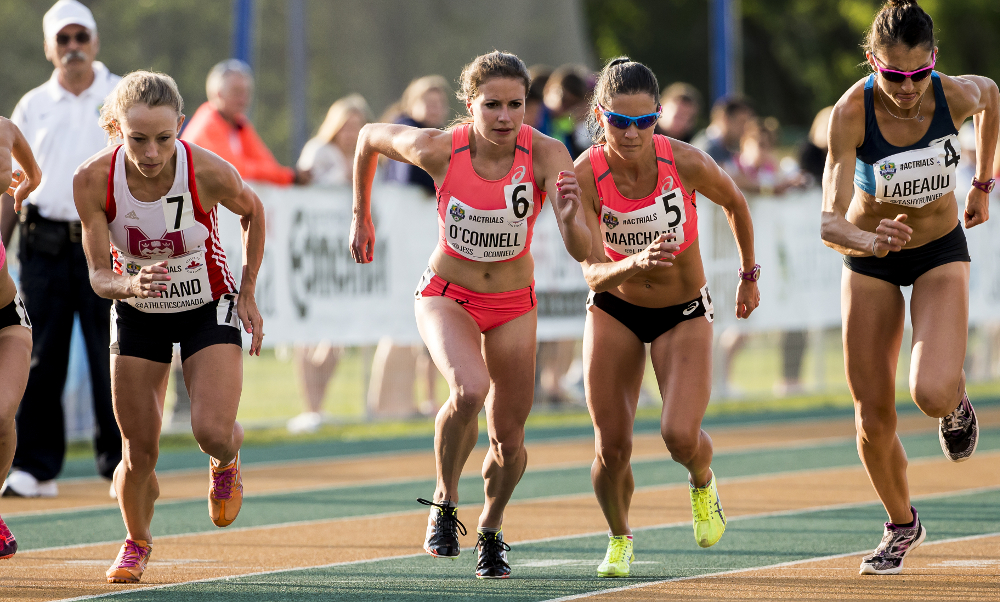The sneakiest cause of a running injury
One of the most common but least-discussed paths to running injury

There are few things more important to a runner than avoiding injury, but sometimes injuries can crop up in ways that you don’t expect. Greg McMillan is a runner, coach and exercise physiologist who started the running website macmillanrunning.com. McMillan tweeted several weeks ago about one of the surprising ways that many injuries develop. “Your cardiovascular fitness can improve at a faster rate than your muscles, tendons, bones, ligaments and fascia can tolerate. This is the season so many runners get injured. Your plan must respect this and allow time for the musculoskeletal system to catch up and become more durable.”
RELATED: A survival guide for dealing with a running injury
Your cardiovascular fitness can improve at a faster rate than your muscles, tendons, bones, ligaments & fascia can tolerate. This is the reason so many runners get injured. Your plan must respect this & allow time for the musculoskeletal system to "catch up" & become more durable
— Greg McMillan (@GregMcMillan) September 16, 2019
As a runner returns to running from injury or a break, it’s very easy to get carried away and overtrain, even though mileage is lower than usual. This is because your cardiovascular system develops quicker, so what feels easy to your lungs can be a little too much for your legs. Unfortunately, some runners don’t realize this until it’s too late.
Nick Willis
Nick Willis is a two-time Olympic medallist in the 1,500m. The runner tweeted last week that when he’s returning to training following his off-season break, his primary goal isn’t to get fit, it’s to regain strength in his body. “My training goal isn’t to regain fitness, but to regain strength in my tendons, ligaments, muscles and bones so that I can handle hard training two months later.”
After an off season break, my primary goal for training isn't to regain fitness, but to regain the strength in my tendons, ligaments muscles and bones so that I can handle hard training 2 months later.
— Nick Willis (@nickwillis) September 29, 2019
Jess O’Connell
O’Connell is an Olympian over 5,000m and the reigning Canadian 5,000m champion. She unfortunately had to sit out the World Championships due to an injury, and says that she has a disappointing experience with this. “When I’ve been hurt I’ve been able to maintain fitness quite well with cross-training. This means that I’ve been able to come back to workouts quickly, but sometimes when I come back, I get a different injury shortly thereafter.” What O’Connell’s pointing to is the fact that it’s easy to maintain cardiovascular fitness via cross-training, but adapting to the pounding of running takes time.

She says there there have been occasions where she has run some of her best workouts off of cross-training, but this doesn’t mean her body is ready for full volume, but rather, that her cross-training was effective. “I wonder if there’s some merit to relaxing and coming back a little slower. Sometimes you don’t have that luxury if you have a big race coming up. But early-season running is more about getting your body used to running, as opposed to getting fit. You’re forced to take your time with training when you’re starting from scratch, but when you’re coming in already fit, it’s important to remain patient.”


